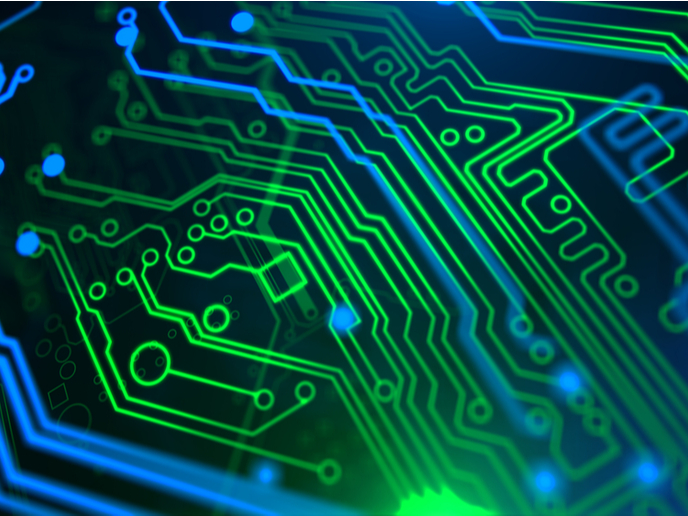A big step forward in the manufacture of 3D-printed circuit boards
Printed electronics company InnovationLab has reported a breakthrough in the additive manufacturing of PCBs. The German company and its partner innovative technology company ISRA VISION (also from Germany) have developed a manufacturing process for copper-based solderable circuits that meets higher environmental standards while also cutting costs. The circuits are screen-printed and compatible with conventional reflow processes. This breakthrough was made possible thanks to financial and technical support received under the EU-funded SmartEEs2 project. The team’s experiment was one of 44 experiments selected following an open call launched by SmartEEs2 to support European SMEs and mid-cap companies that are experimenting with flexible and wearable electronics technologies. The advantages of producing 3D-printed electronics include the absence of toxic etchants and the ability to complete the process at comparatively low temperatures (about 150 ℃) that significantly reduces energy consumption. The process also helps reduce material consumption – and consequently waste – since the substrates used in additive PCB manufacturing are up to 15 times thinner than those used in conventional processes.
No investment in new equipment needed
As reported in a news item(opens in new window) posted on the ‘3D Printing Media Network’ website, “InnovationLab has so far produced a physical prototype, which includes all the important blocks of a smart label, using copper ink to ensure high conductivity.” Since component mounting can be done in a conventional reflow soldering process, manufacturers are able to switch to the new technology without having to shell out money for new equipment. Multilayer printing – with alternating metal and dielectric layers – was used to deliver the target functionality. This included a low-power temperature sensor and logger (a device for making a systematic recording of measurements), a near-field communication(opens in new window) interface via a printed antenna and a compact battery that is charged from a printed solar cell. These functions make the device entirely self-sufficient. According to the news item, the groundbreaking “new process can produce both standard and flexible printed circuit boards with up to four layers and can be used in product and process development for hybrid electronics.” Dr Janusz Schinke, who leads the printed electronics team at InnovationLab, comments in the same news item: “This is a state-of-the-art production process, which will decrease costs and reduce logistical dependencies on suppliers while delivering three key benefits for the environment: consuming fewer materials, using less energy, and producing less waste. By the end of this year, we expect to have scaled this process to high volumes, meeting customer demands of a million solderable tracks or more.” Since its launch in January 2020, SmartEEs2 (SUSTAINABLE ECOSYSTEM FOR THE ADOPTION, RAMP-UP AND TRANSFER OF EMERGING ELECTRONICS SOLUTIONS) has endeavoured to enable easy access to digital innovation, provide high-value services to innovating companies, and build an ecosystem of digital innovation hubs for flexible and wearable electronics. The project ends in December 2022. For more information, please see: SmartEEs2 project website(opens in new window)



